25 Must-Watch Gothic Horror Movies Of All Time
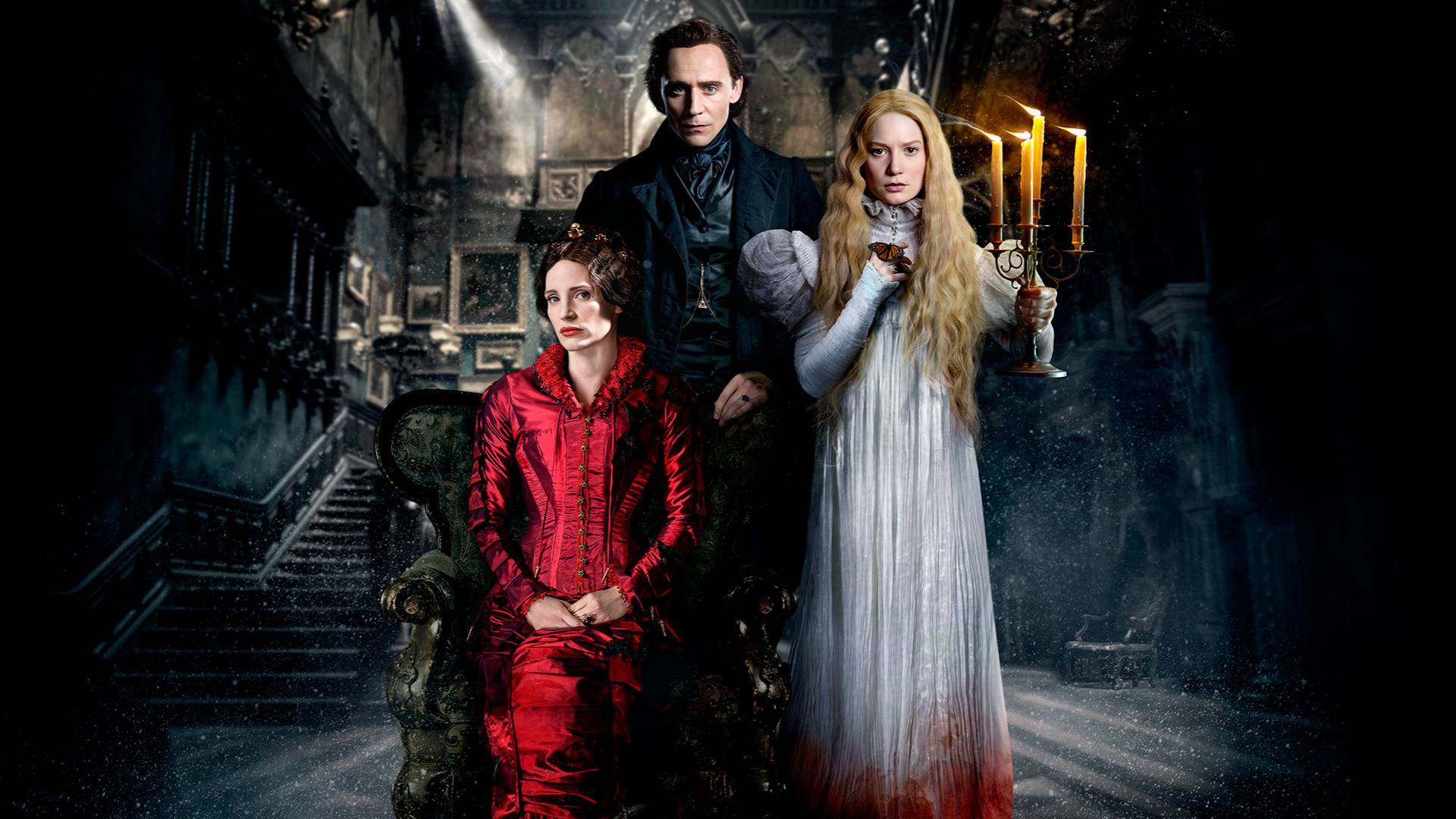
Crimson Peak (2015)
Guillermo del Toro’s Crimson Peak is a gothic fever dream of beauty and rot. Its haunted halls bleed elegance, its ghosts shimmer with tragic sorrow. The film practically turns the mansion itself into a living, breathing nightmare—a place where love decays and secrets scream through the walls. With every velvet curtain and blood-red corridor, Crimson Peak proves that horror can be heartbreakingly gorgeous, and that the most terrifying ghosts are the ones we invite in.
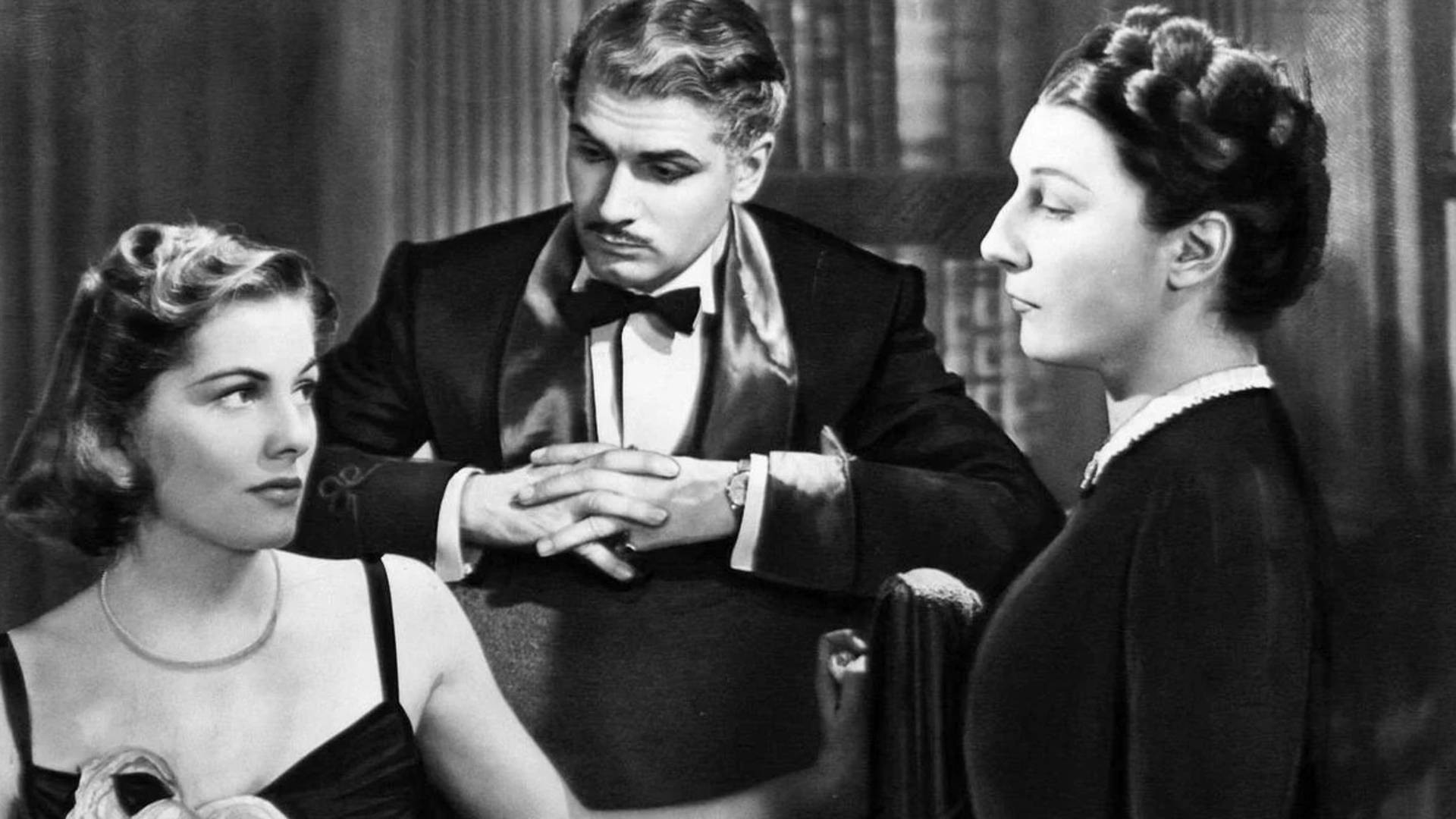
Rebecca (1940)
Alfred Hitchcock’s Rebecca, based on Daphne du Maurier’s classic novel, whispers its horror. The grand Manderley estate is haunted not by ghosts, but by memory, jealousy, and the ever-present shadow of the first Mrs. de Winter. Joan Fontaine’s trembling innocence meets Judith Anderson’s icy menace in a psychological duel on screen. It’s gothic horror at its most elegant—a story where love curdles into obsession, and the past refuses to die.
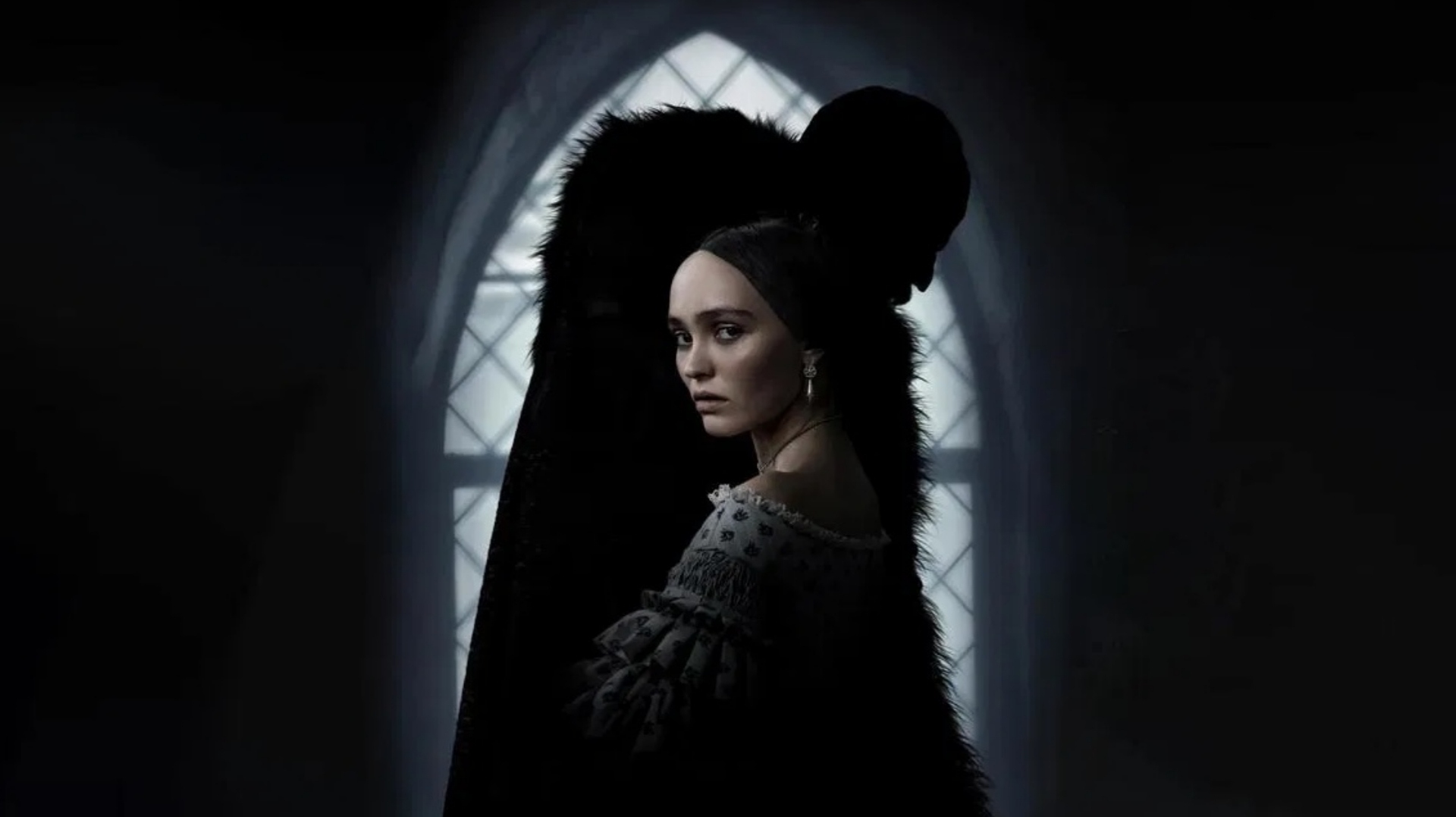
Nosferatu (2024)
Robert Eggers’ Nosferatu crawls into the bones like a fever dream you can’t shake. Bathed in shadow and dripping with dread, this retelling of the 1922 classic captures that same hypnotic fear of the unknown. Eggers practically resurrects the original horror, while giving Count Orlok new life through decayed beauty and haunting silence. It’s a film that lingers, whispering to your nightmares long after the credits roll.
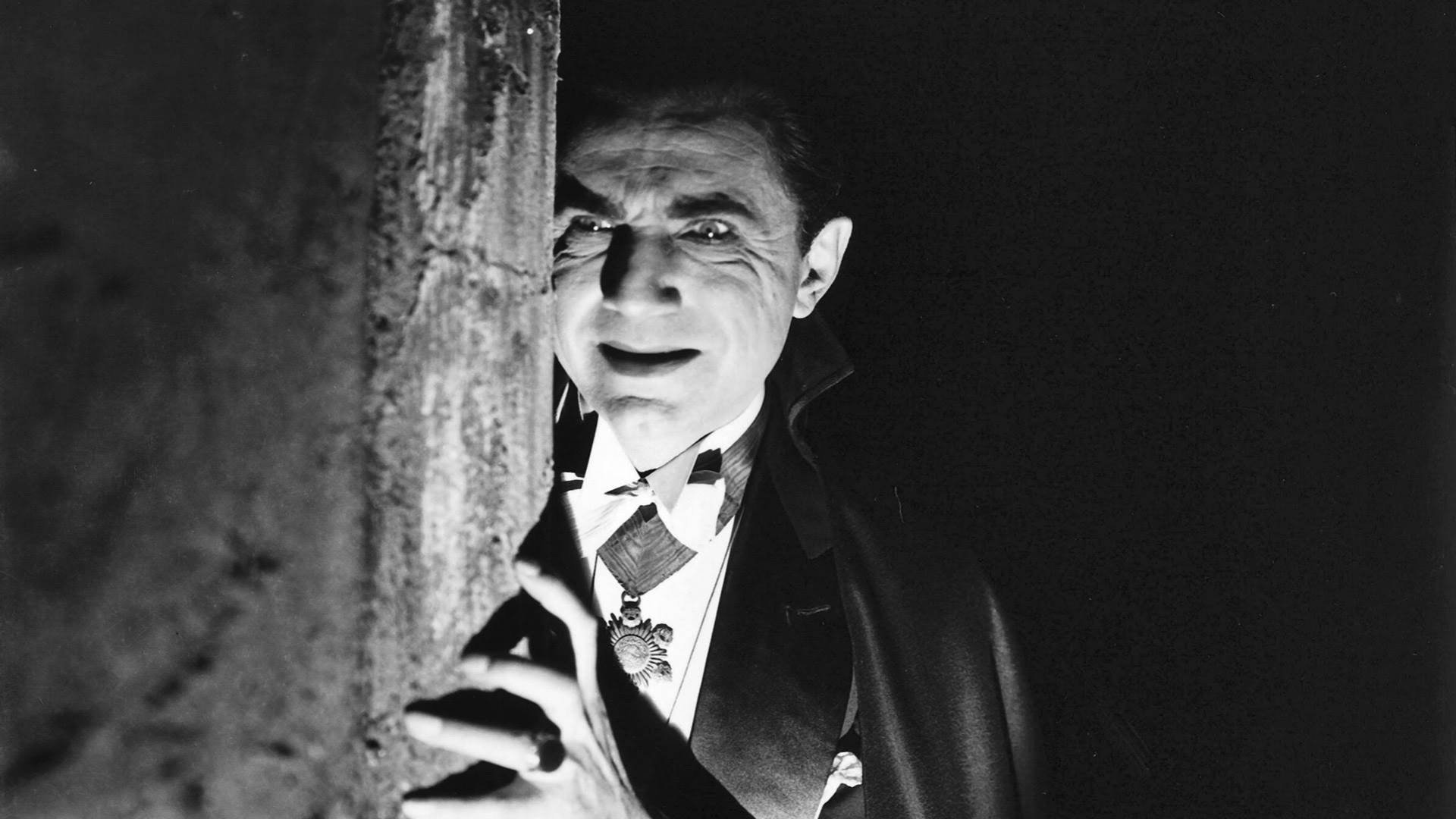
Dracula (1931)
Of course, Dracula defined gothic horror forever. It’s still the face of the genre. With a stare sharp enough to freeze the soul, Bela Lugosi turned the Count of Bram Stoker’s imagination into cinema’s first true monster icon. Every word drips with sinister charm, every gesture draped in elegance and dread. This is where the gothic legend began—slow, hypnotic, and chillingly eternal. The night still belongs to him.
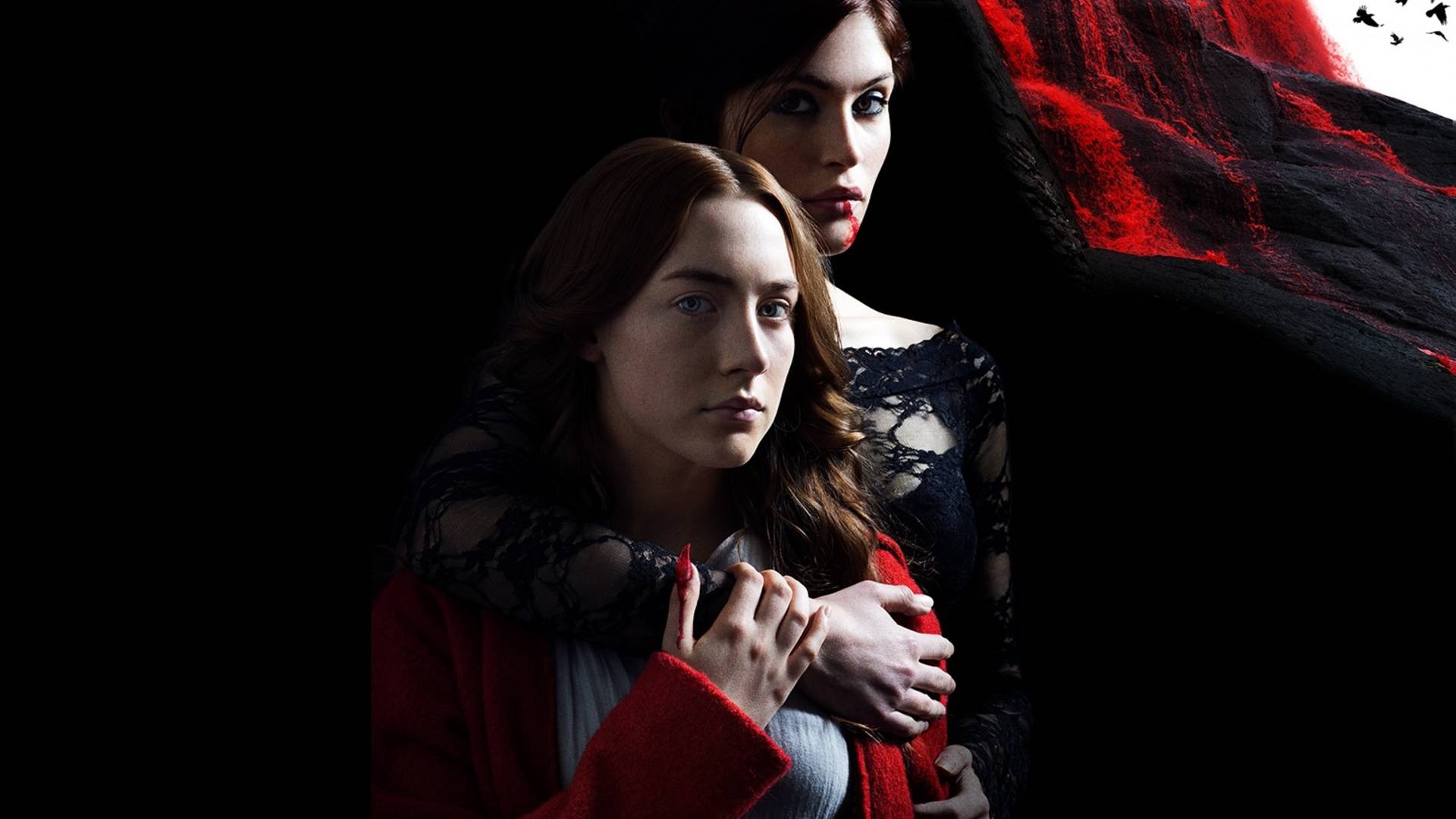
Byzantium (2012)
Two eternal women, one ancient secret. Byzantium follows Saoirse Ronan and Gemma Arterton as mother-and-daughter vampires adrift in a dreary seaside town, feeding on men and memories. Neil Jordan paints immortality as both curse and refuge—lush, sorrowful, and steeped in blood-soaked beauty. Its exploration of femininity, power, and survival transforms gothic tradition into something sensuous and new. This is a hauntingly feminist requiem in crimson tones.
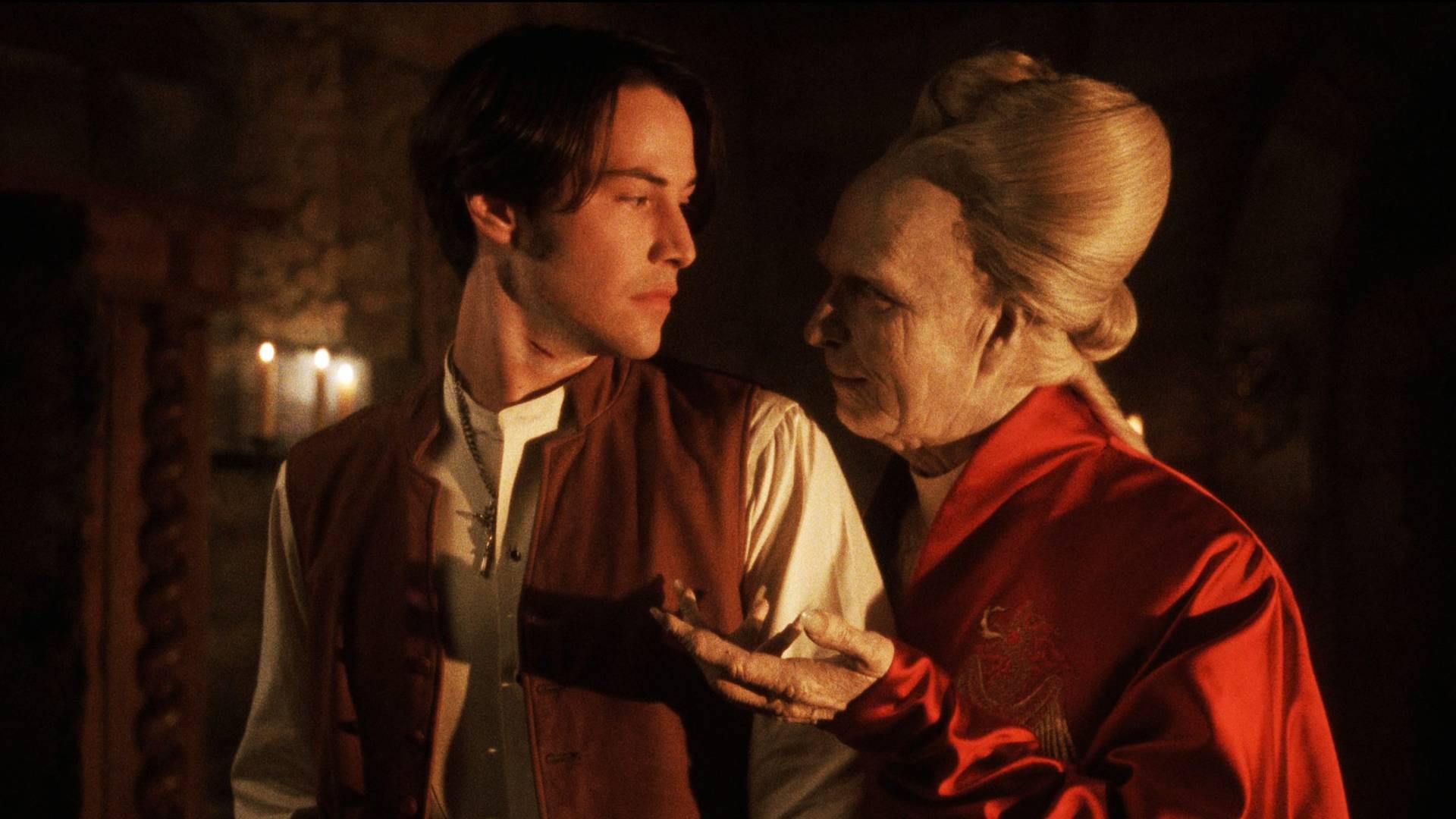
Bram Stoker’s Dracula (1992)
Francis Ford Coppola’s Bram Stoker’s Dracula is an operatic vision of lust, blood, and eternal longing. Gary Oldman’s count is tragic and terrifying…you know, a lover damned by time. Every frame pulses with sensual excess, from crimson silks to glistening fangs. Here’s a symphony of shadows where horror and romance entwine until you can’t tell one from the other. In essence, it’s madness made magnificent.
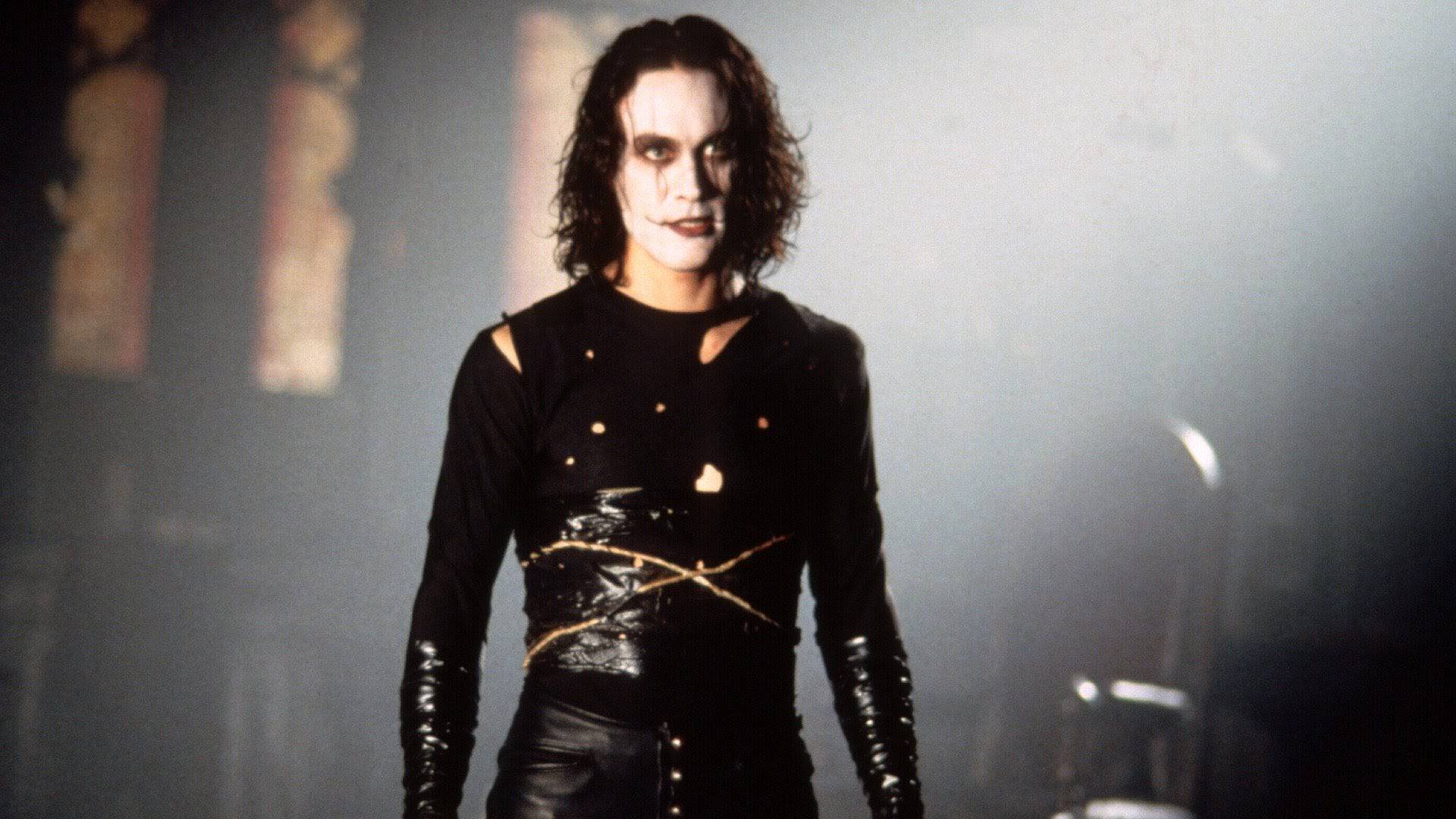
The Crow (1994)
Darkness drips from every frame of The Crow, a revenge tale soaked in rain, blood, and sorrow. Brandon Lee’s haunting performance immortalizes him as Eric Draven—the gothic avenger who rises from death to right the world’s wrongs. Tragedy seeps into both film and reality, giving the story an eerie immortality. The movie is nothing short of a requiem, a love song sung in shadow and flame.
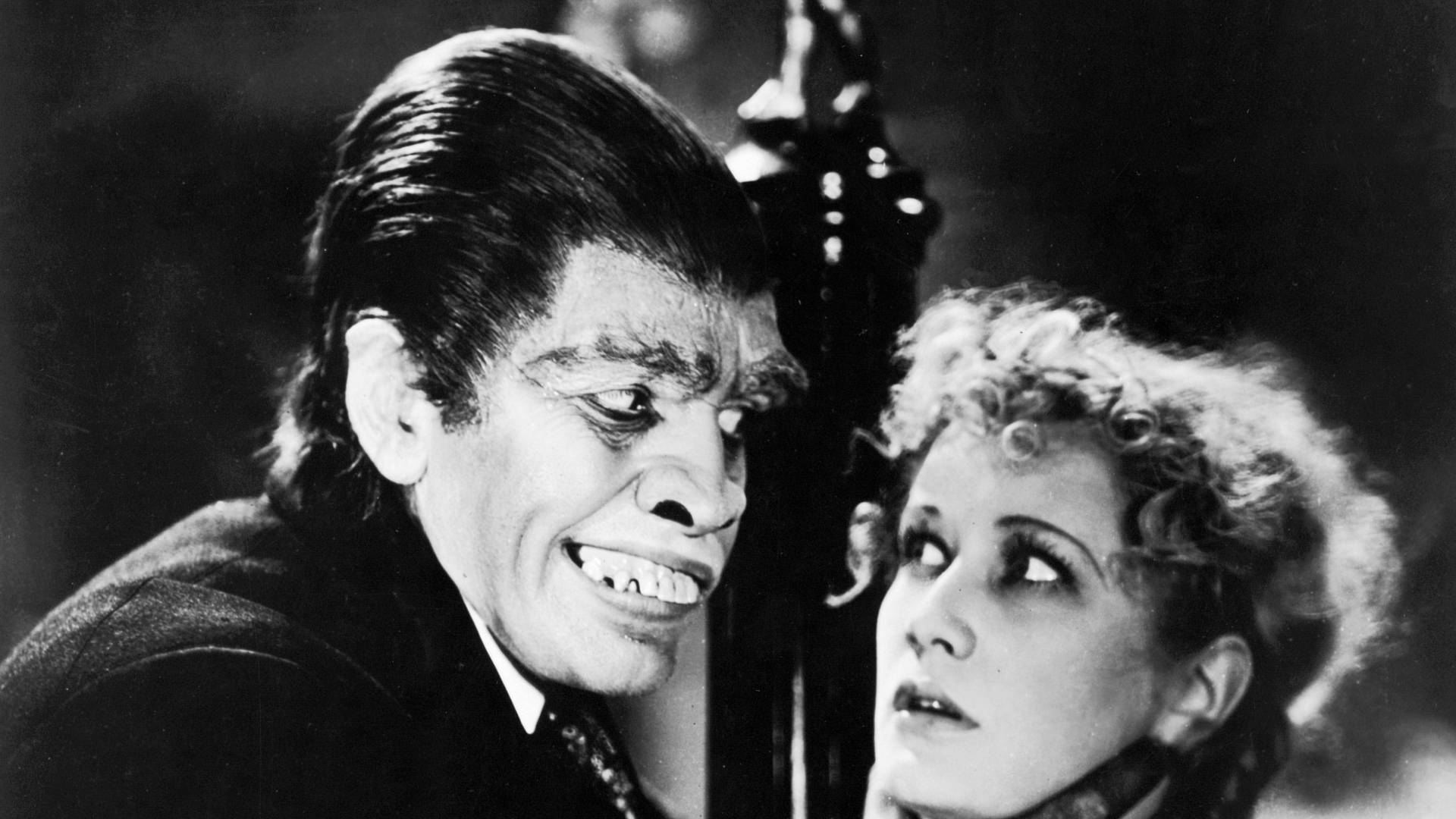
Dr. Jekyll and Mr. Hyde (1931)
Duality drips like poison through Dr. Jekyll and Mr. Hyde, based on Robert Louis Stevenson's novella. In the shadowy London fog, a man’s noble quest for purity births his monstrous mirror. Hyde prowls the streets—lust, violence, and chaos incarnate. This classic captures horror not from creatures but from conscience itself. It’s a chilling dance between civility and savagery, where the true terror lies within one’s own reflection.
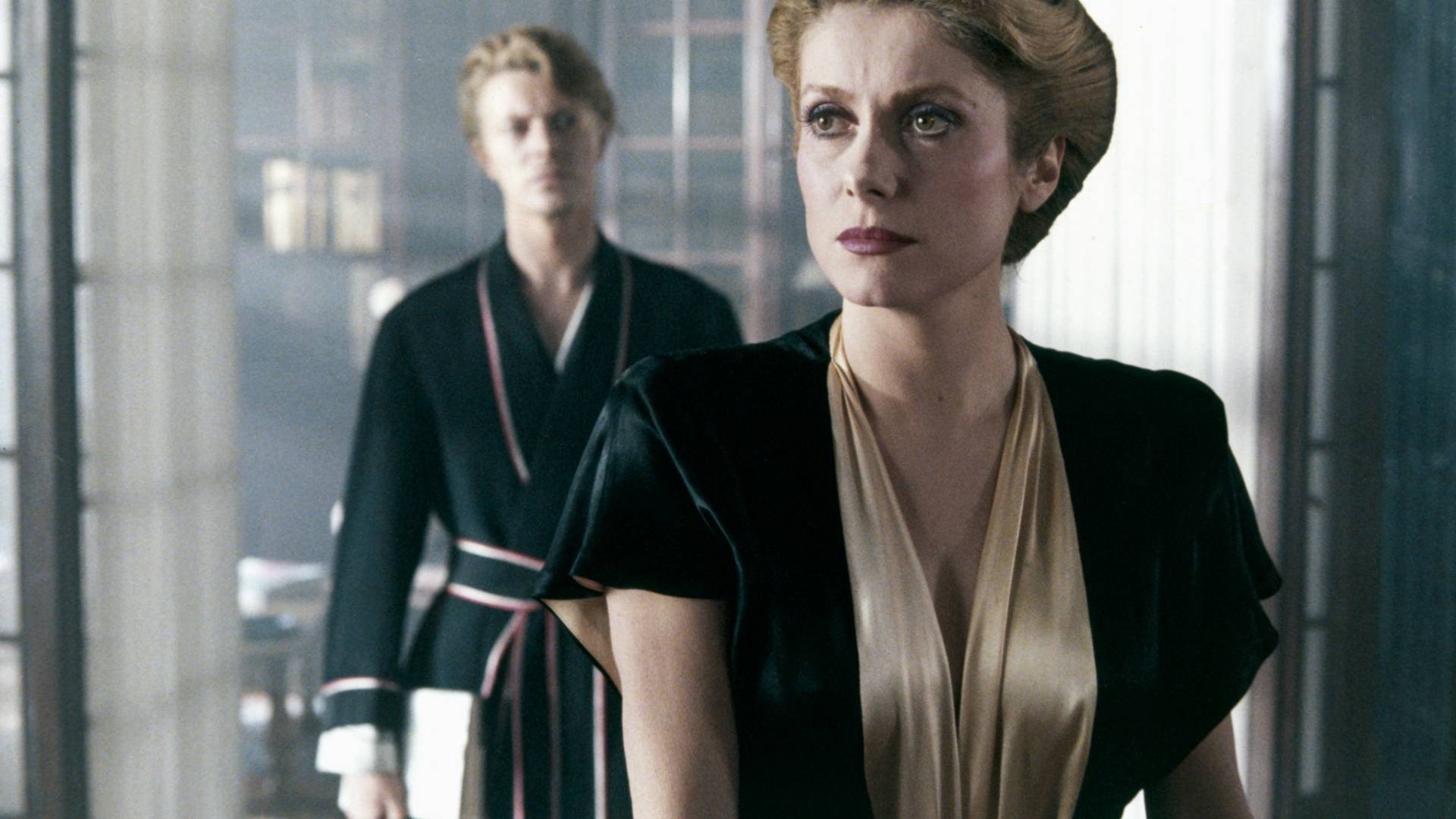
The Hunger (1983)
Velvet, blood, and desire—The Hunger seduces before it devours. Catherine Deneuve and David Bowie are immortal lovers cursed to watch time decay their beauty, while Susan Sarandon’s mortal warmth ignites tragedy. This erotic debut pulses with gothic glamour and existential despair. The vampires here don’t just thirst for blood, instead they ache for eternity, trapped between elegance and extinction. Immortality never quite looked so fatal.
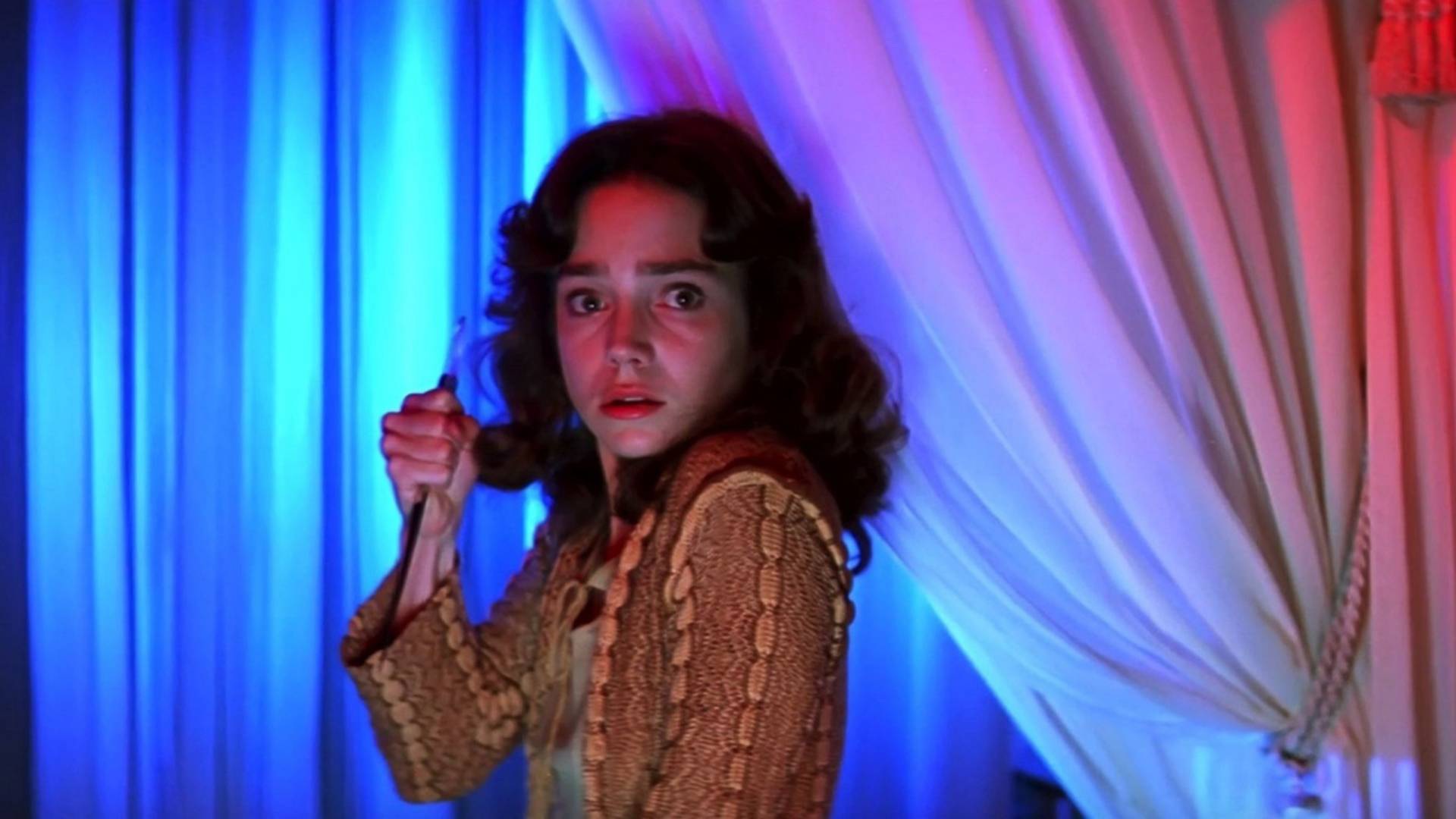
Suspiria (1977)
Suspiria is basically a nightmare painted in neon and blood. Dario Argento transforms a ballet school into a cathedral of terror, where every color screams and every note of Goblin’s score cuts like glass. It’s gothic horror reimagined through delirium—a fevered hallucination of witches, death, and beauty. Once you enter its crimson world, there’s no waking up.
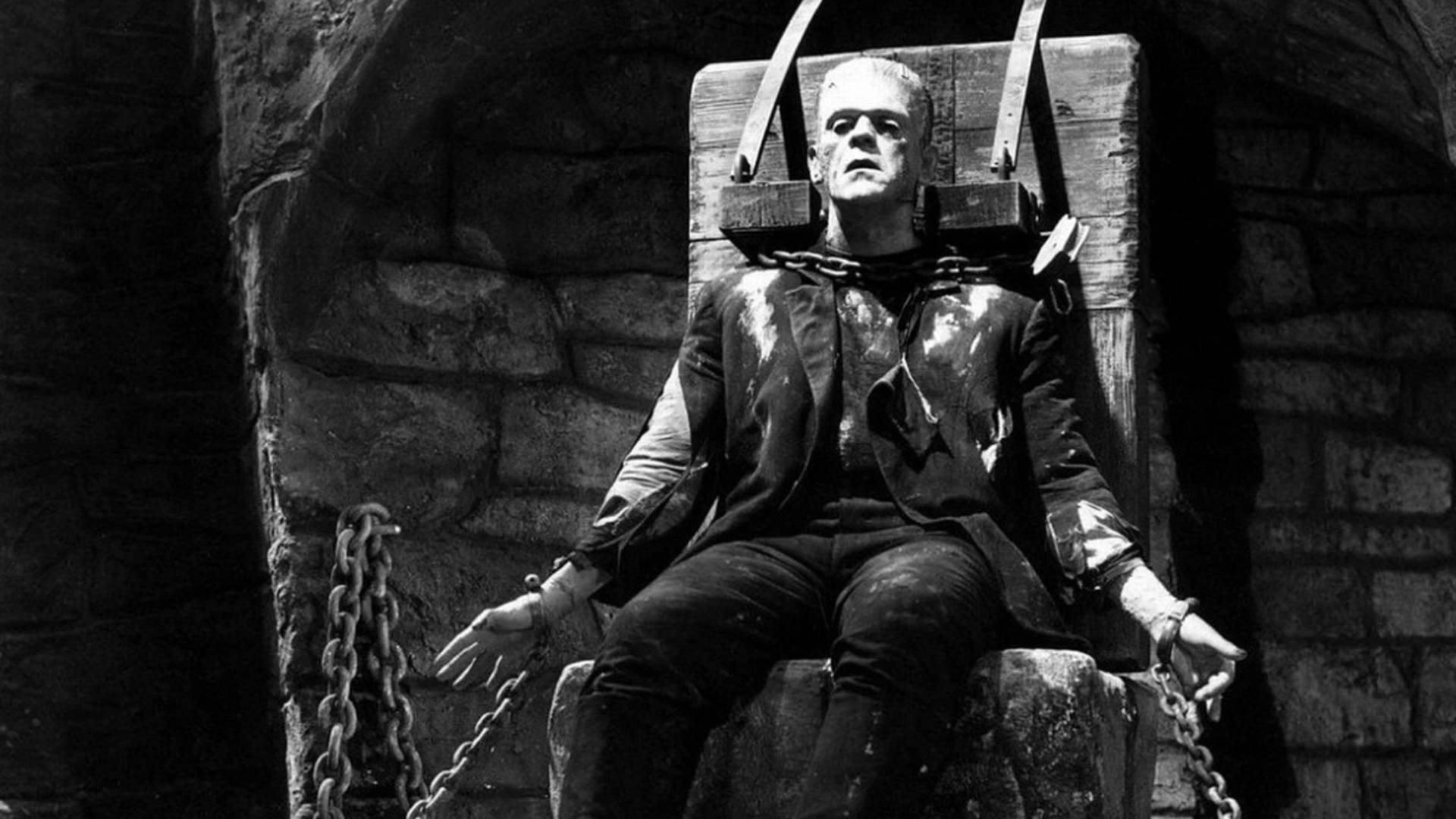
Frankenstein (1931)
Based on Mary Shelley's 1818 novel, Frankenstein is gothic poetry in motion. Here is a story of creation, hubris, and heartbreak. Boris Karloff’s creature, stitched together from corpses, becomes something achingly human in his loneliness. The laboratory’s crackling energy and shadowed sets birth both monster and myth. Nearly a century later, Frankenstein still makes us shiver not from fear, but from empathy for the thing we’ve made and abandoned.
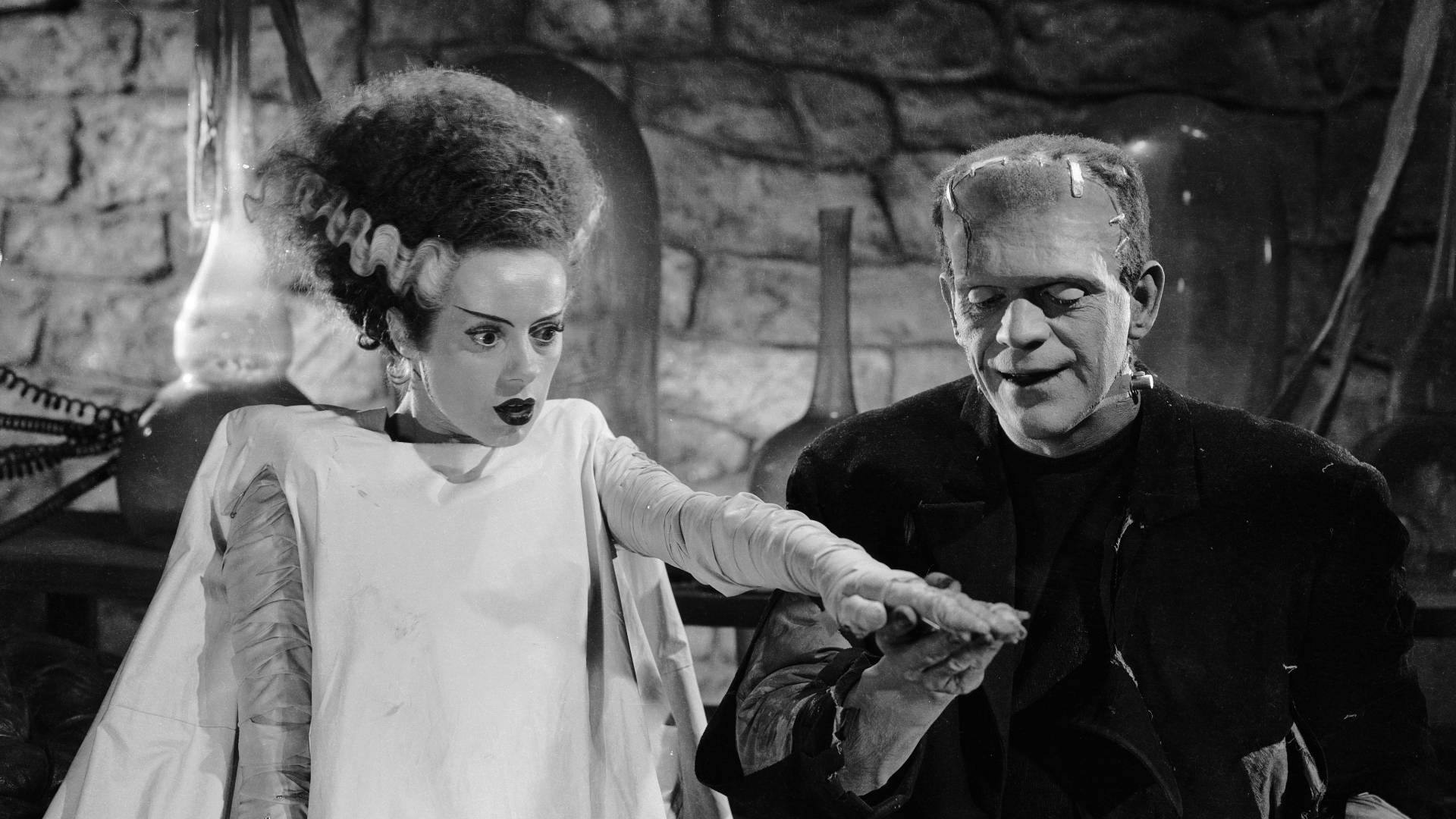
Bride of Frankenstein (1935)
A masterpiece born of madness, Bride of Frankenstein turns tragedy into art. Elsa Lanchester’s electrifying Bride, with her lightning-bolt hair and haunting stare, joins Karloff’s Monster in a tale of longing and rejection. The film infuses gothic terror with dark humor, creating something both grotesque and beautiful. This isn’t just horror, it’s divine tragedy, stitched together with elegance and electricity.
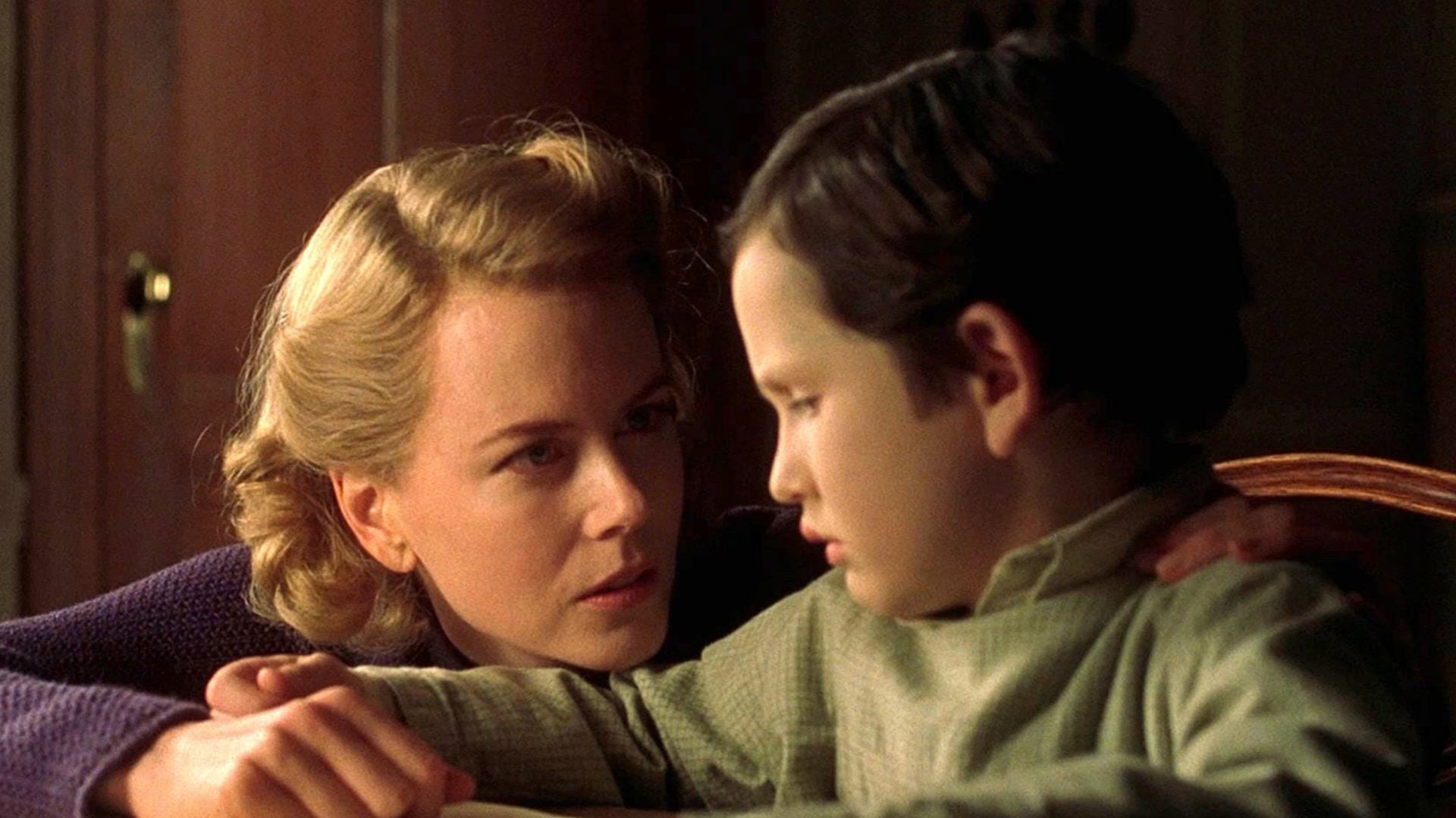
The Others (2001)
In The Others, silence becomes the loudest scream. Nicole Kidman commands the screen as a mother haunted by unseen forces in her fog-drenched mansion. Each whisper, each flicker of candlelight feels like a warning from beyond. It’s a ghost story of grief and denial, unraveling with chilling precision. By the end, the line between the living and the dead dissolves completely, and leaves us all breathless.
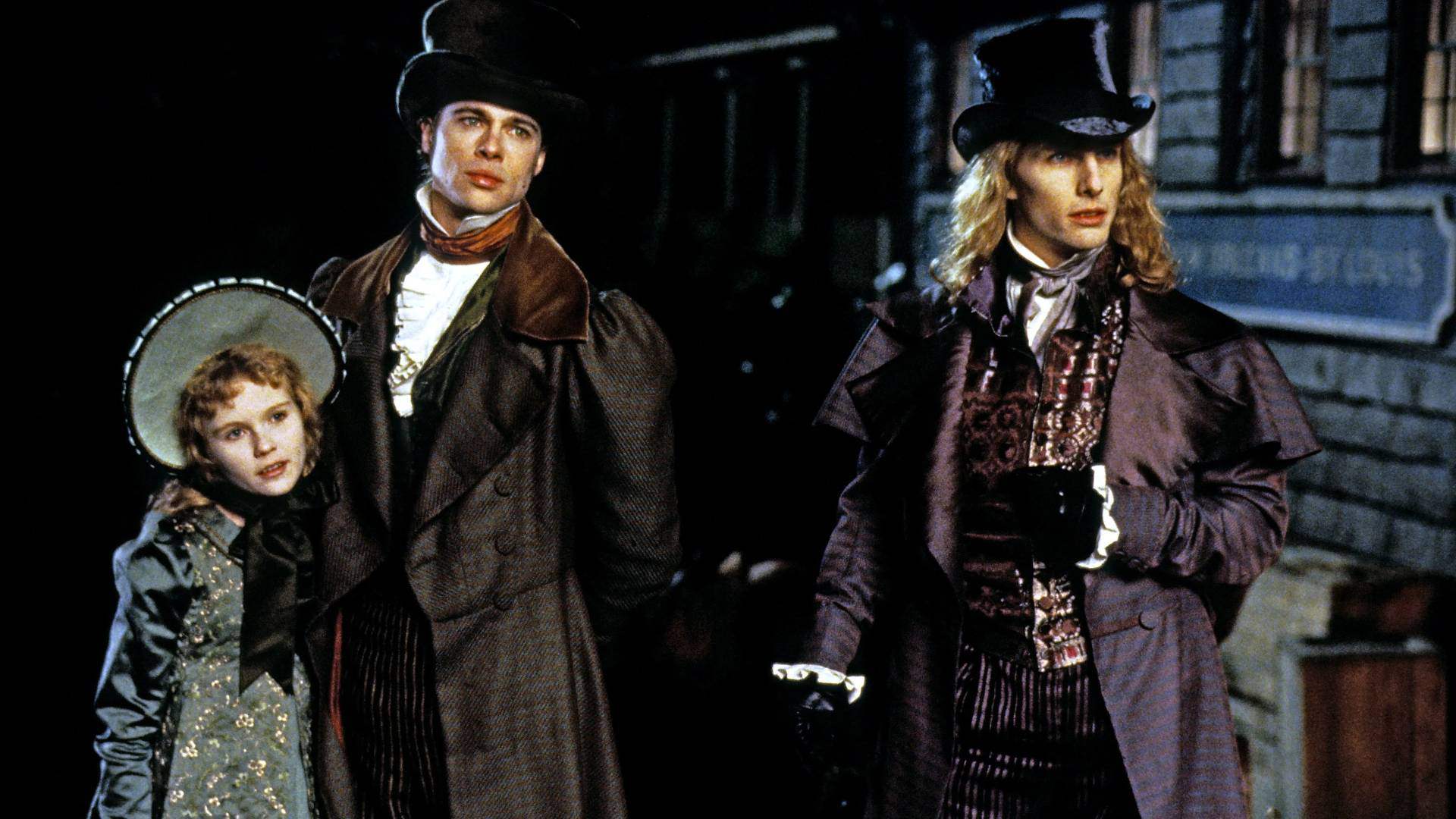
Interview with the Vampire (1994)
Interview with the Vampire is drenched in decadence and despair, a dark waltz through centuries of guilt and immortality. Brad Pitt’s melancholy and Tom Cruise’s menace collide in a tale that’s both intoxicating and tragic. Through candlelight, death, and desire, Anne Rice's story asks what it means to live forever and what pieces of your soul must die along the way. Gothic horror has rarely felt this sensual, this doomed, or this alive.
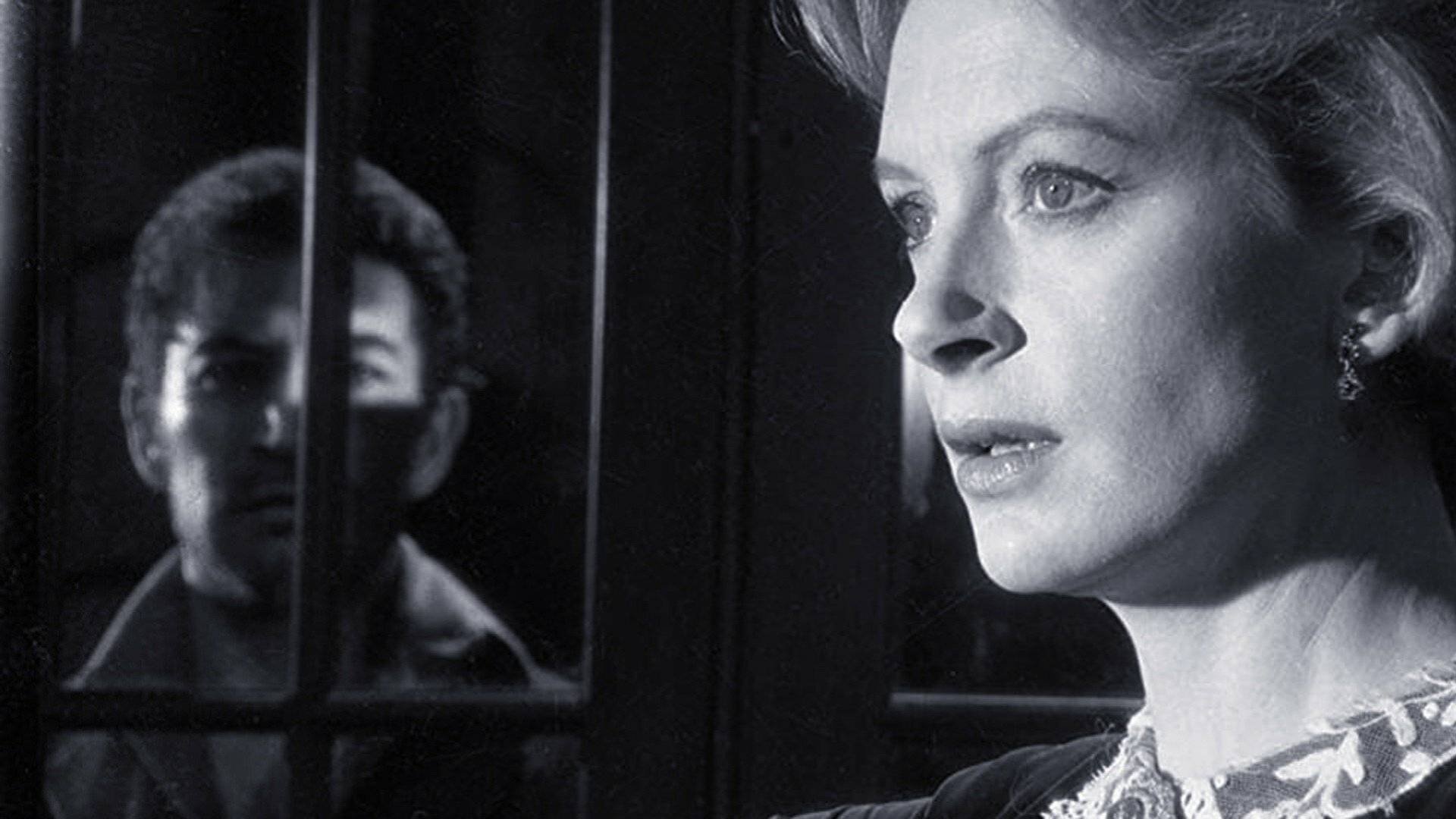
The Innocents (1961)
A masterwork of suggestion and dread, The Innocents drips with psychological terror. Deborah Kerr stars as a governess convinced her young wards are possessed. Or, is she the one unraveling? Adapted from Henry James’s The Turn of the Screw, it’s all candlelit corridors, whispered voices, and unseen presences. Every frame hums with repression and guilt, making this film the quintessential ghost story of moral chipping away and the pieces spiralling into madness.
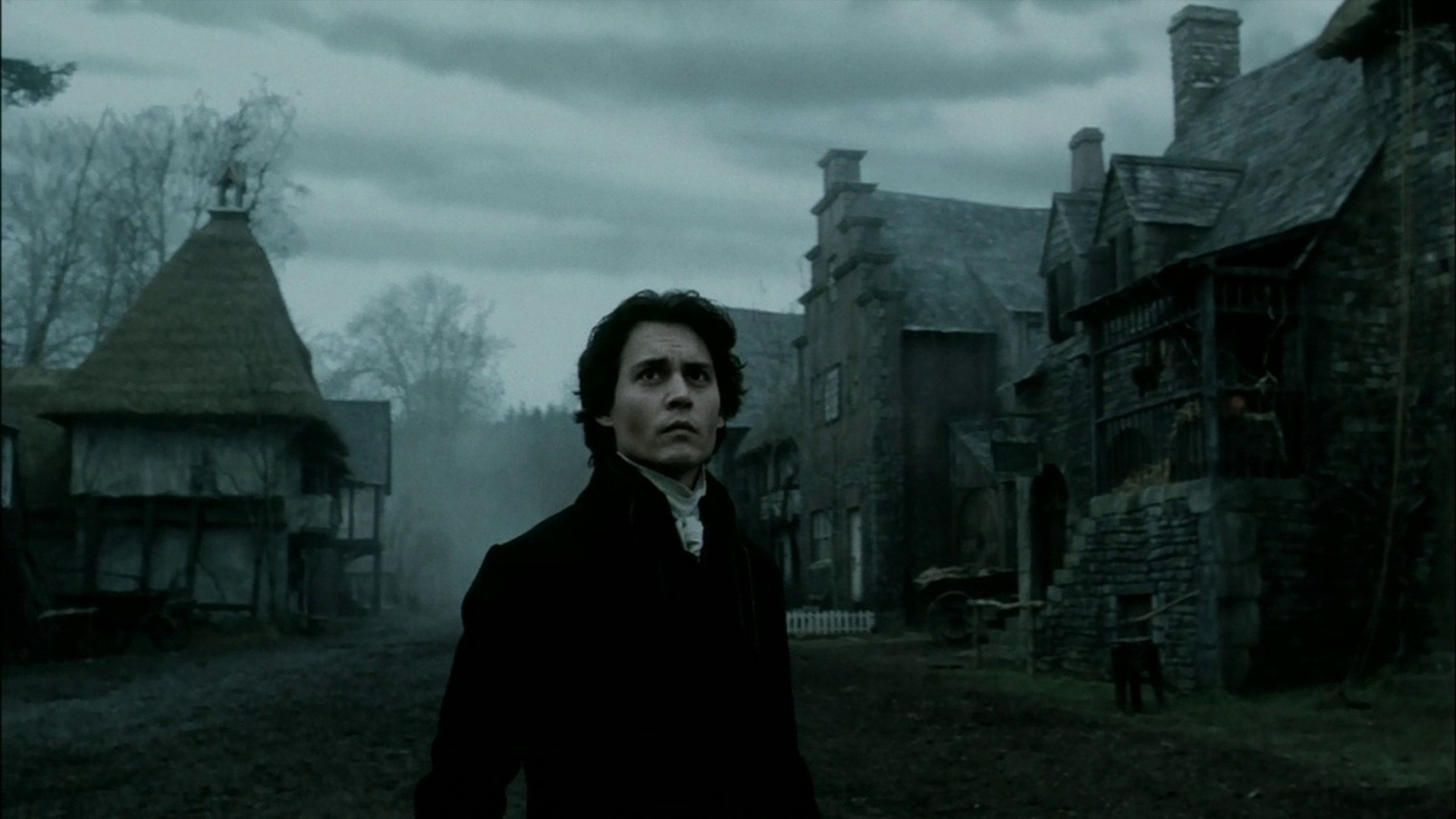
Sleepy Hollow (1999)
Tim Burton’s Sleepy Hollow is pure gothic theater—mist swirling through moonlit woods, heads rolling beneath the blade of myth. Johnny Depp’s Ichabod Crane stumbles through a nightmare that feels stitched together from fairy tales and fever dreams. We are enchanted with macabre beauty, and every scream echoes through black branches. Sure, we expect a ghost story, but what we get is one painted in blood and fog, and it’s mesmerizing.
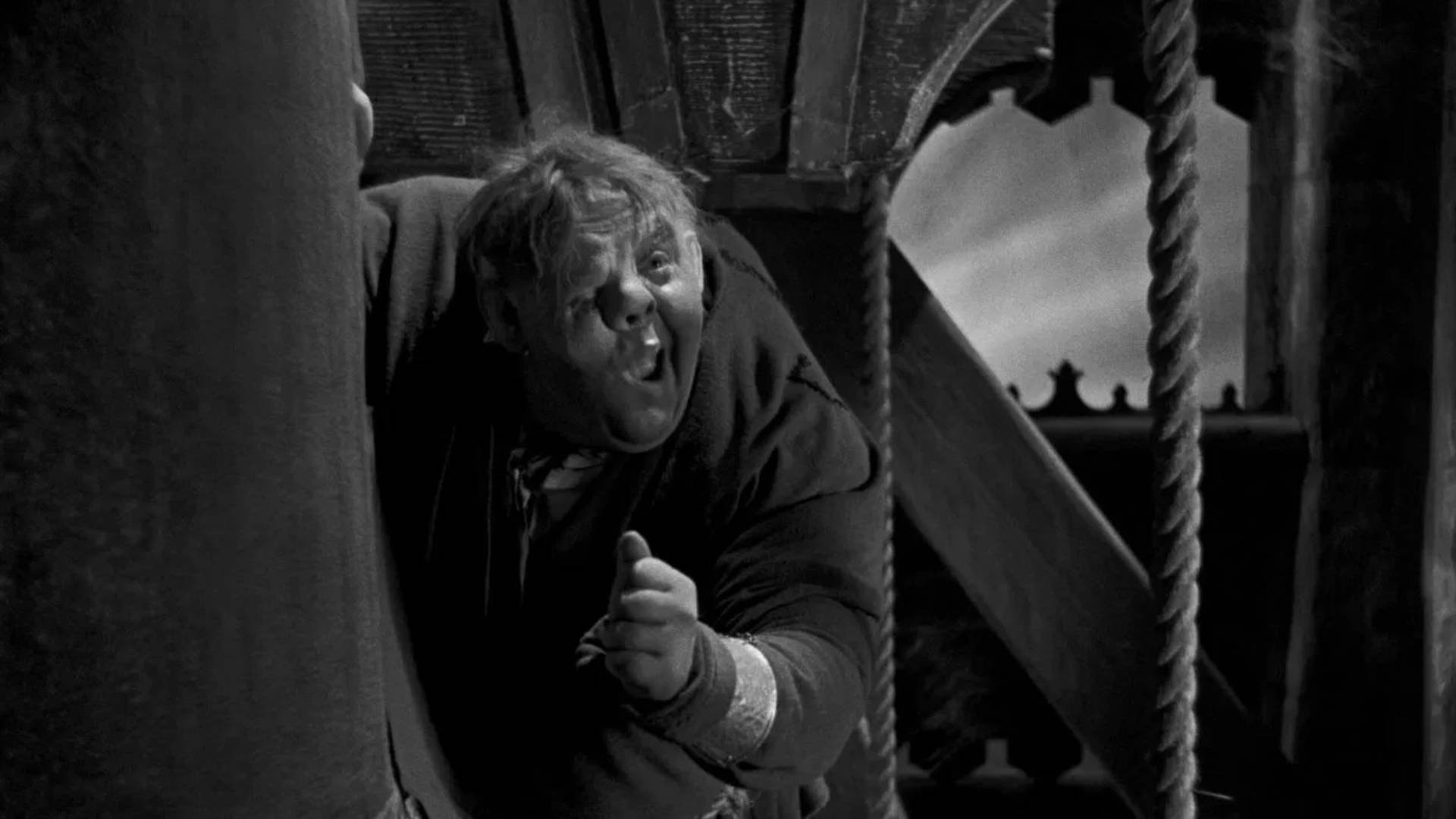
The Hunchback of Notre Dame (1939)
Tower bells toll over Paris as a lonely soul gazes down from stone heights. The Hunchback of Notre Dame is a gothic symphony of love, cruelty, and divine irony. Charles Laughton’s Quasimodo is heartbreak made flesh, the ultimate outcast worshipping beauty he can never possess. Set against the cathedral’s shadowed grandeur, it’s not just tragedy, it’s the very soul of gothic storytelling: beauty crushed by brutality.
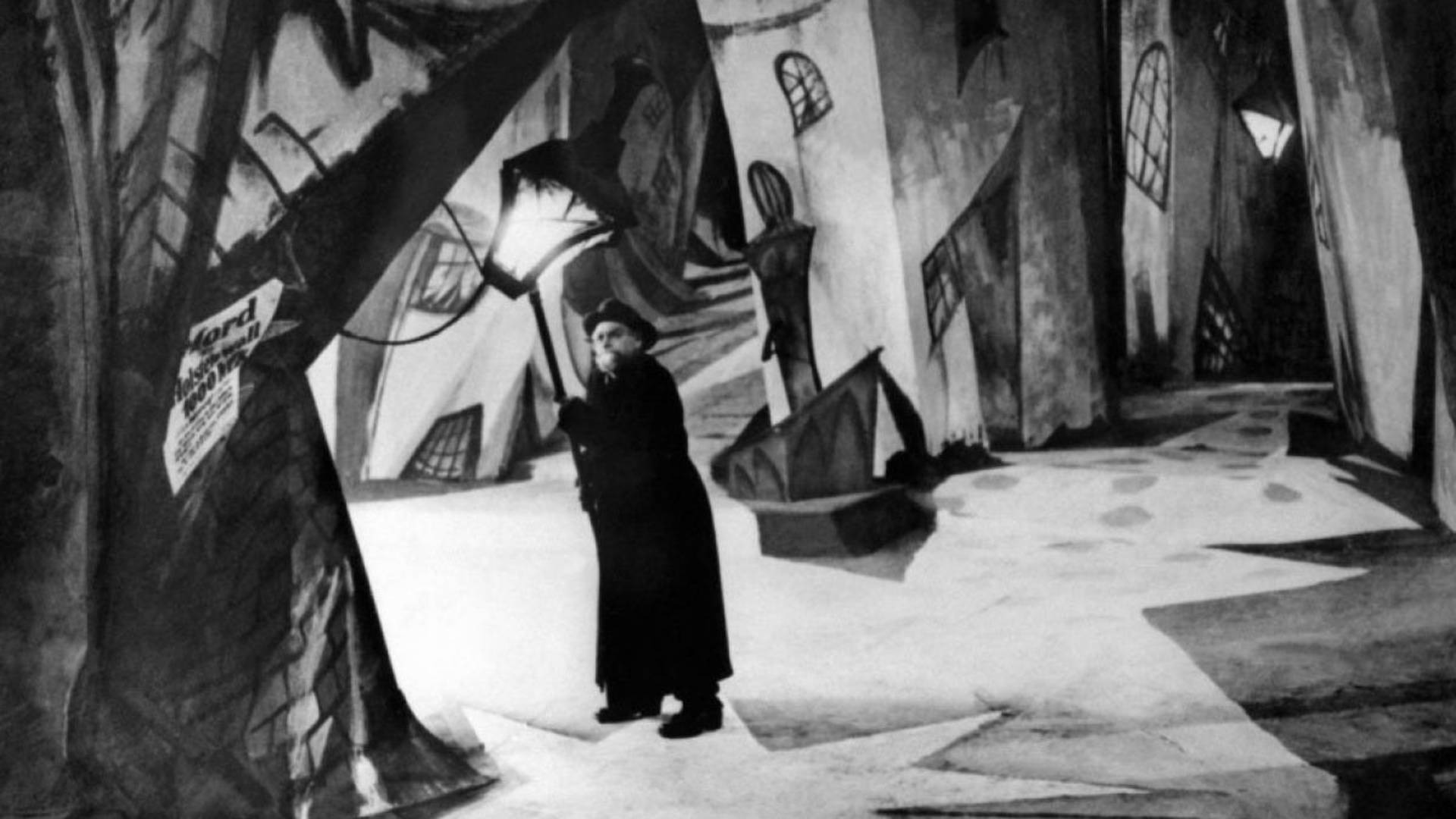
The Cabinet of Dr. Caligari (1920)
Madness takes shape in shadow and angle in The Cabinet of Dr. Caligari. Its twisted sets and jagged design pull you into a waking dream where sanity has no anchor. The hypnotist Caligari and his sleepwalking killer Cesare embody the eternal gothic conflict—control versus surrender, reason versus chaos. Every scene screams expressionist dread, birthing the visual DNA of horror itself.
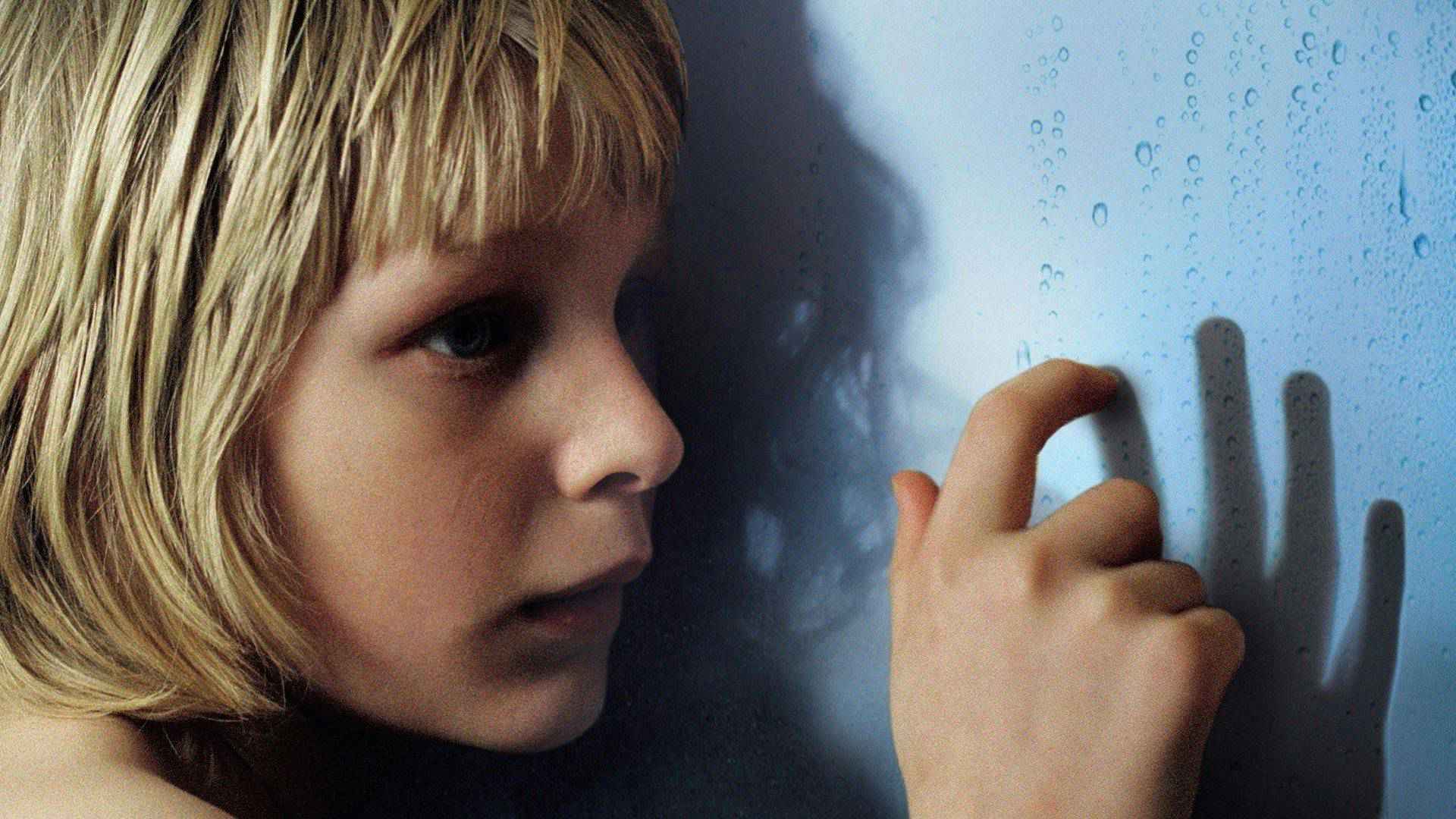
Let the Right One In (2008)
Under the pale Swedish moon, two lonely souls find solace in each other—one human, one eternal. Let the Right One In based on John Ajvide Lindqvist’s book redefines the vampire myth with quiet brutality and aching tenderness. Young Oskar’s innocence meets Eli’s blood-stained wisdom, and their fragile bond becomes both salvation and curse. It’s a gothic fairy tale for the damned, where love seeps slowly through the white winterland.
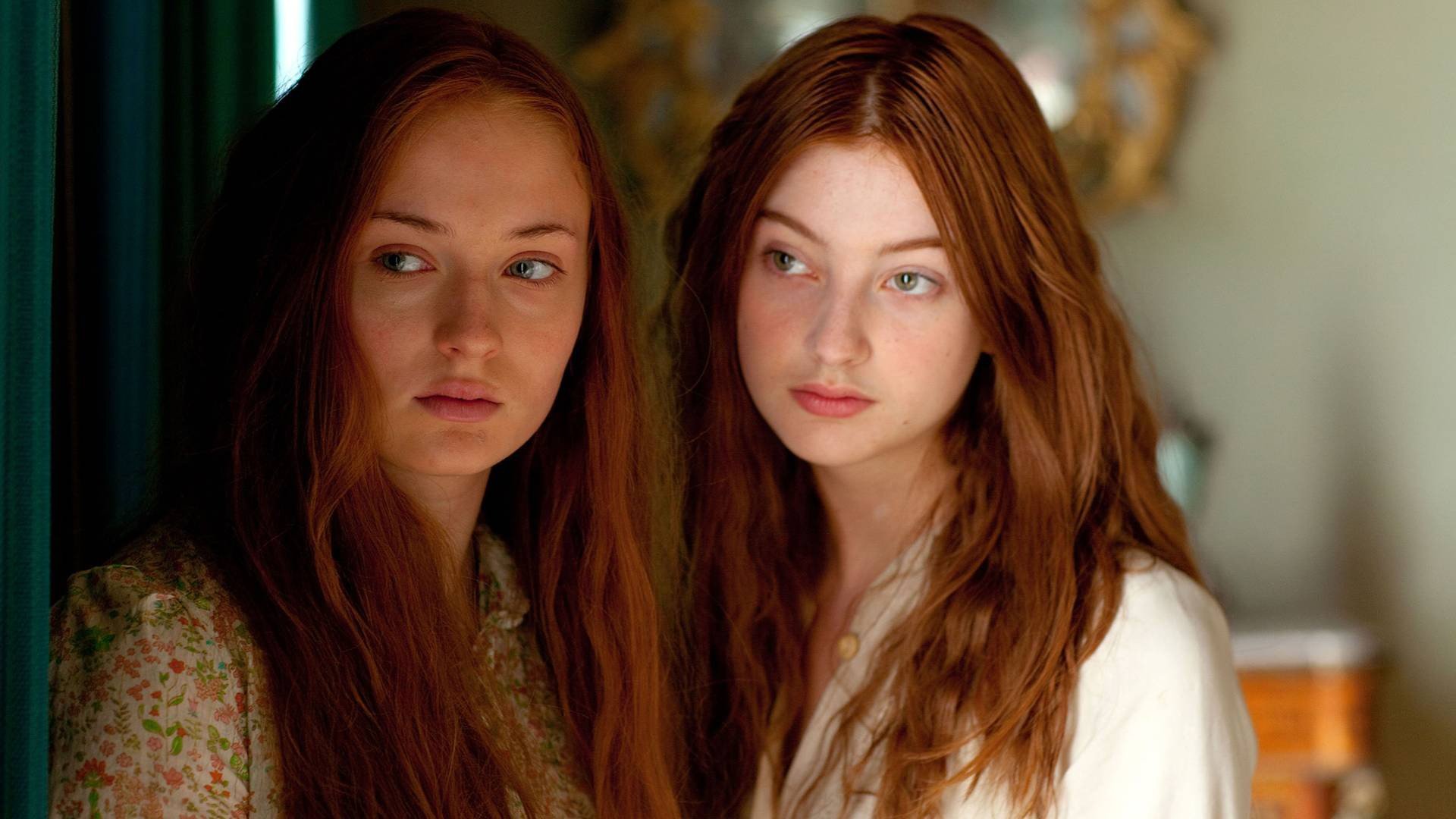
The Thirteenth Tale (2013)
A haunting labyrinth of memory and madness, The Thirteenth Tale based on Diane Setterfield’s book weaves a ghost story as fragile as old lace and as suffocating as family secrets. When a dying novelist summons a biographer to her crumbling estate, truth bleeds into fiction, and the walls whisper tales of betrayal. It’s gothic storytelling at its finest—melancholic, mysterious, and drenched in the fog of guilt.
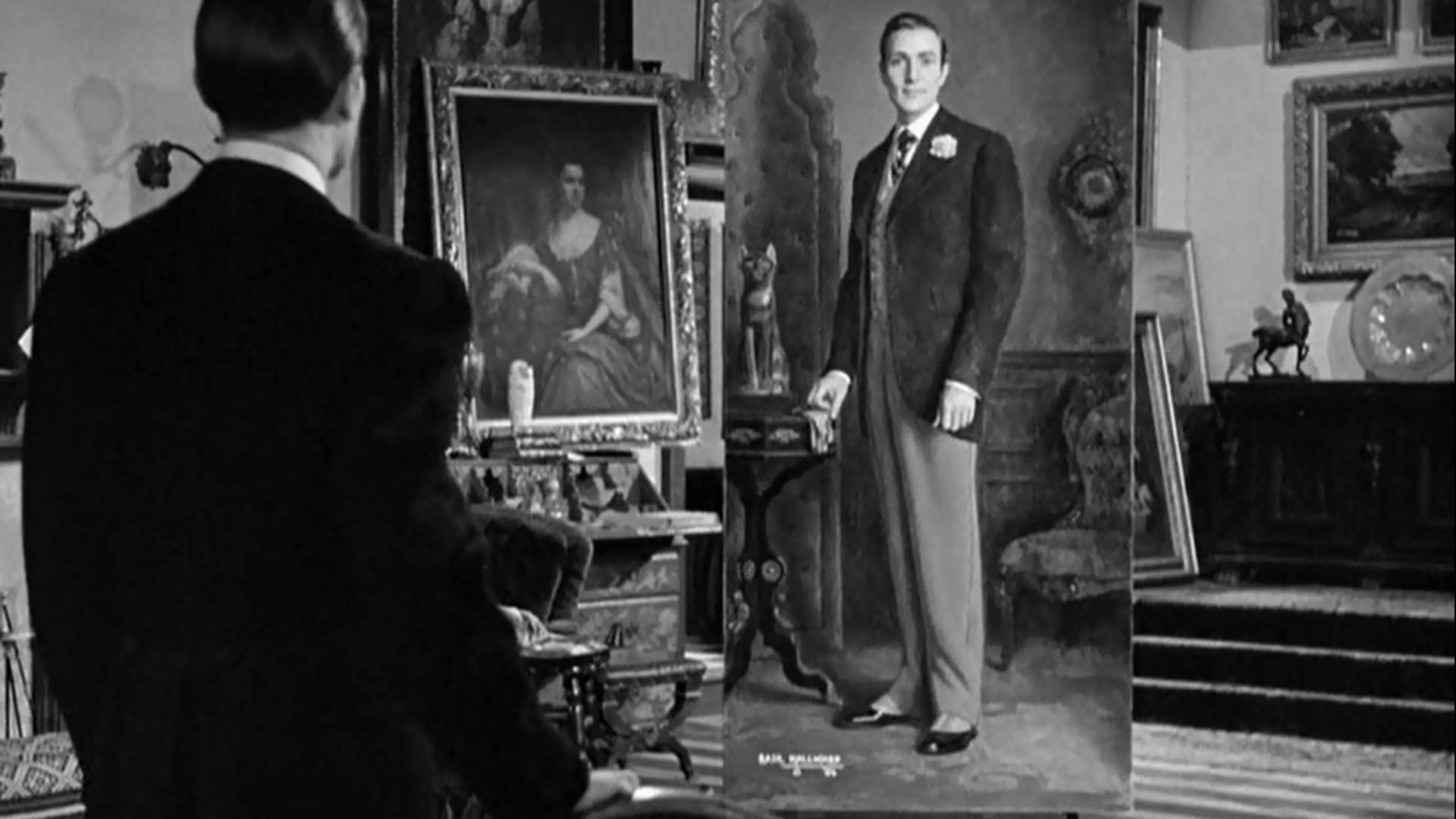
The Picture of Dorian Gray (1945)
Vanity becomes damnation in The Picture of Dorian Gray, where beauty never fades, but the soul rots in secret. George Sanders and Hurd Hatfield embody Oscar Wilde’s decadent nightmare of youth, sin, and moral decay. The film’s black-and-white elegance is pierced by the shocking Technicolor glimpses of Dorian’s corrupted portrait, a visual metaphor for guilt made flesh. It’s gothic horror as moral poetry—seductive, tragic, and eternal.
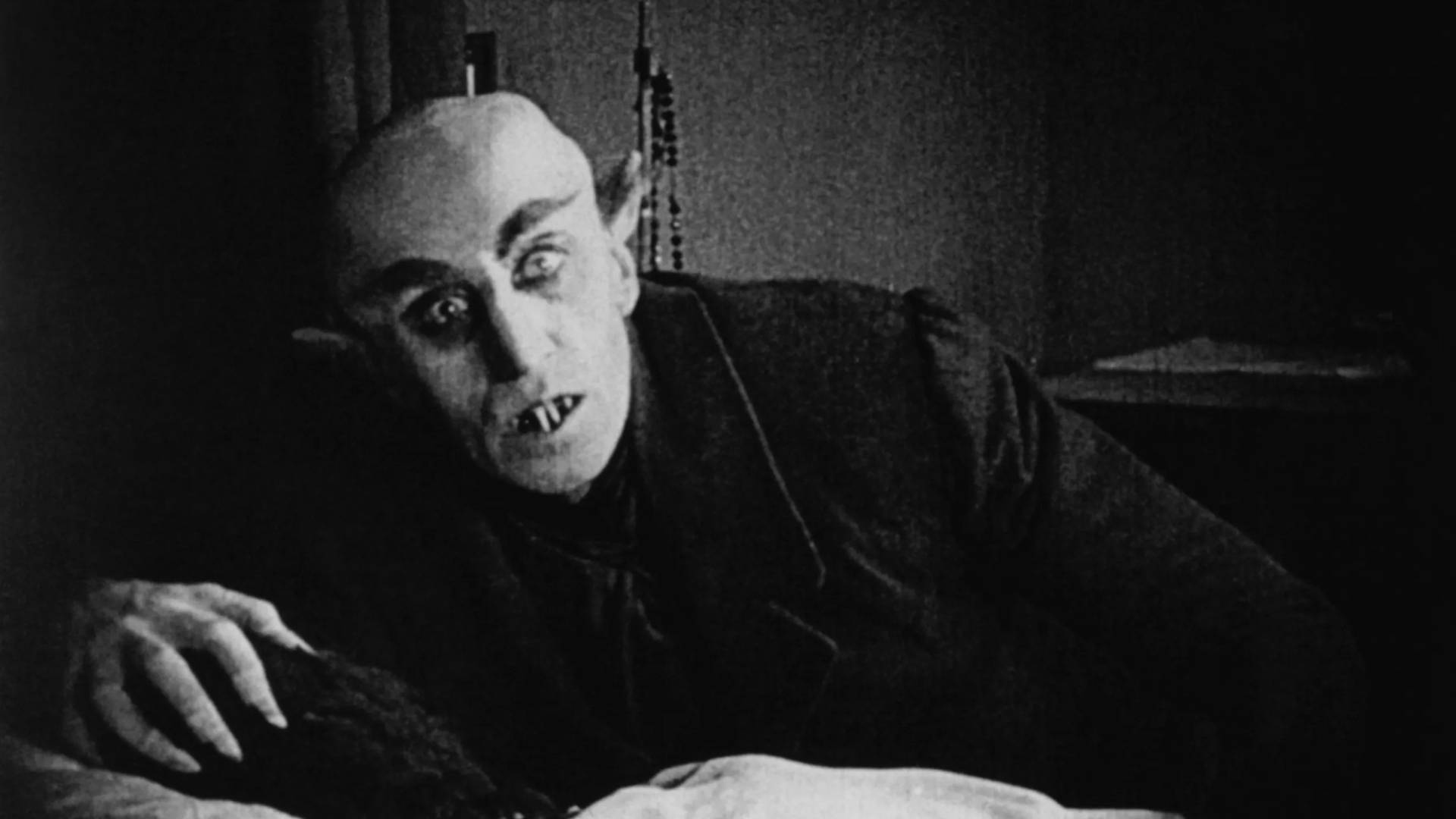
Nosferatu: A Symphony of Horror (1922)
A shadow glides up the staircase—elongated, silent, eternal. Nosferatu is where horror was born, a tale of plague and paranoia rendered in flickering black and white. Count Orlok’s skeletal form and ghastly eyes haunt cinema itself, his curse lingering through decades. Without a single scream, it terrifies the soul. The absence of sound only deepens the dread; silence here is damnation.
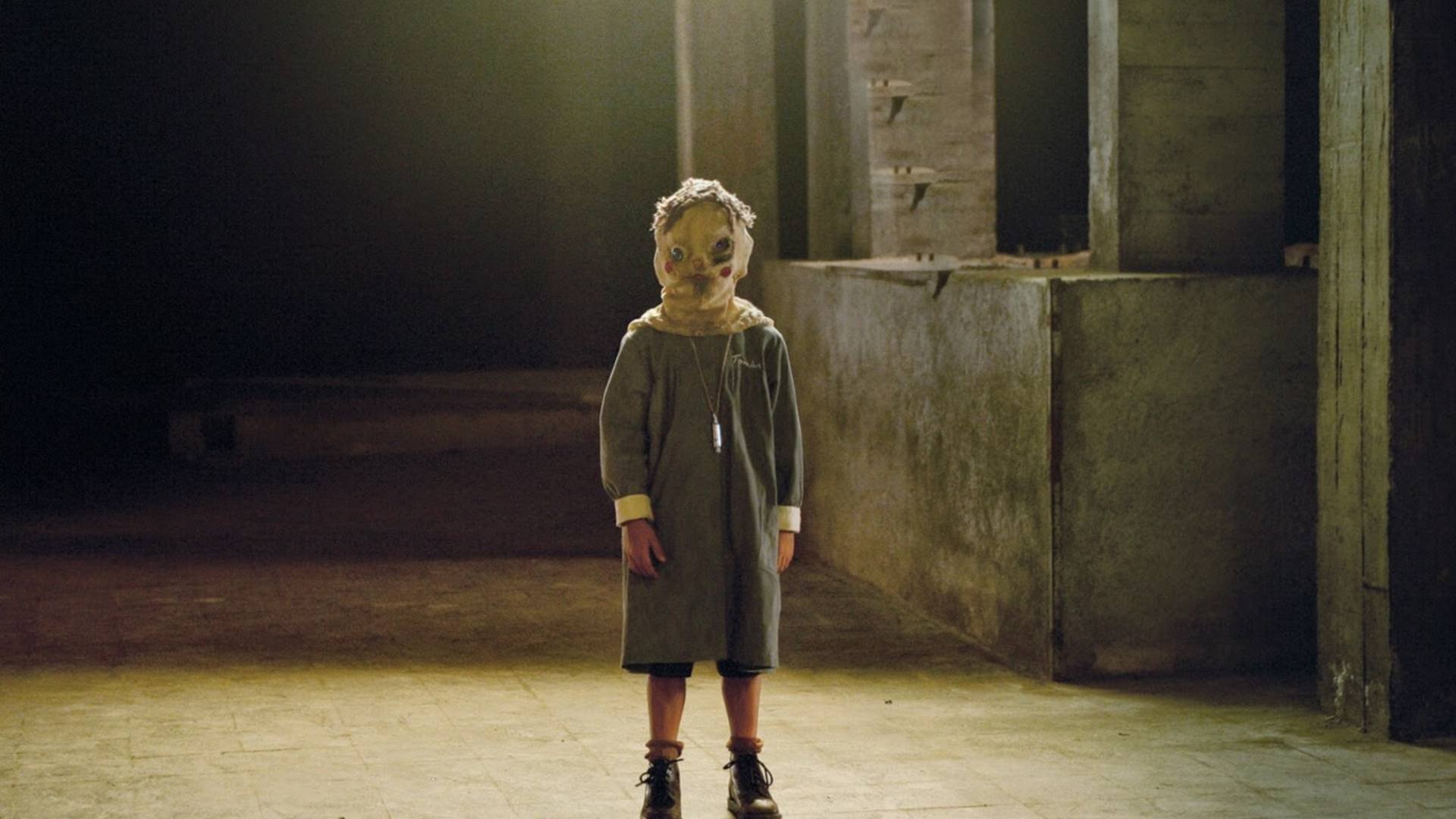
The Orphanage (2007)
In The Orphanage, grief wears a mask, and the past refuses to stay buried. A mother returns to her childhood home to reopen it as a refuge, only to be haunted by the laughter of vanished children. The film’s heartbreak cuts deeper than its scares, blending the supernatural with maternal anguish. Few ghost stories are this tender, or this devastatingly human.
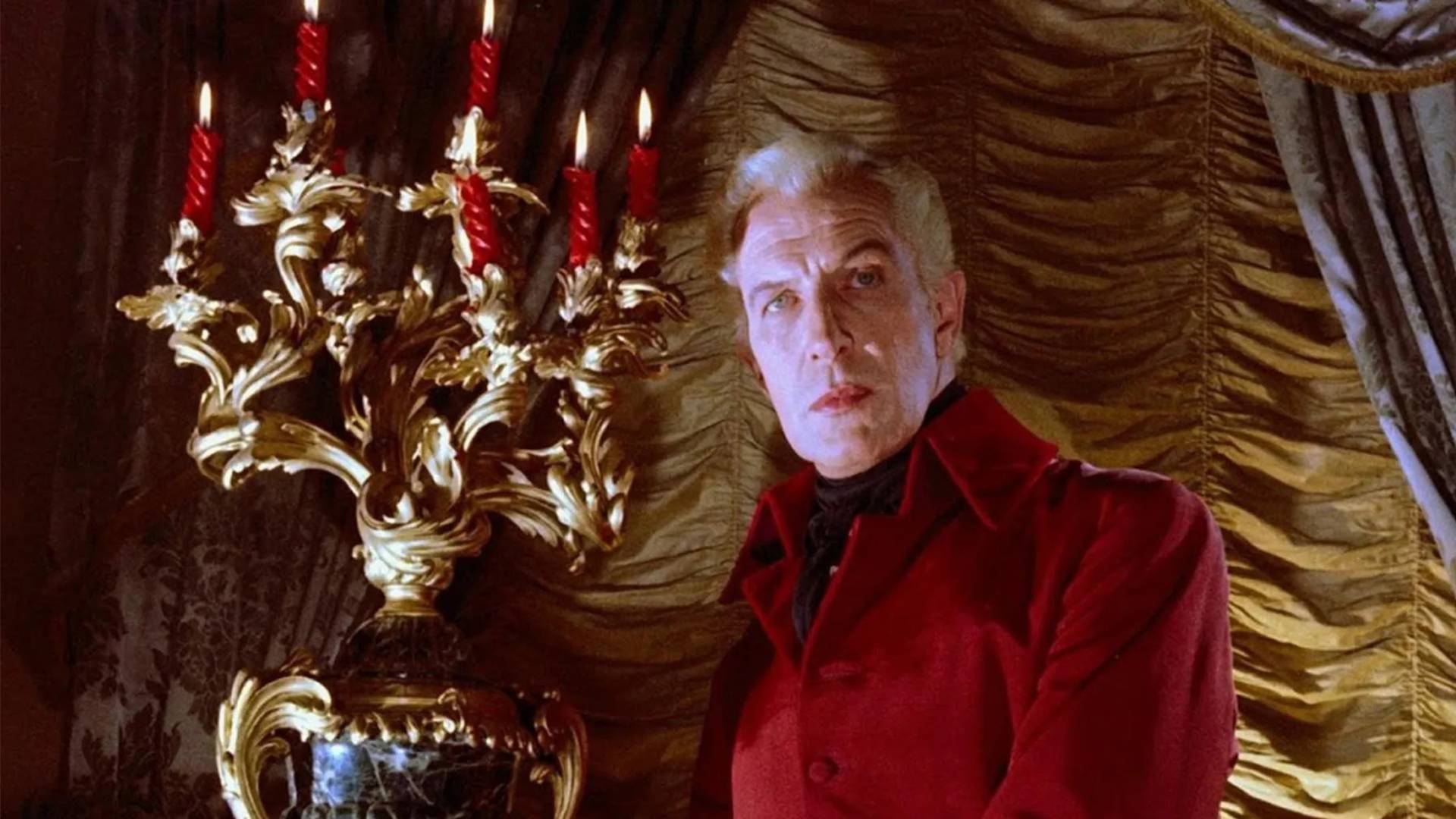
House of Usher (1960)
House of Usher bathes Edgar Allan Poe’s madness in color so rich it feels feverish. Vincent Price reigns supreme as Roderick Usher, tormented by his crumbling lineage and the decaying mansion that mirrors his soul. Gothic excess meets doomed romance as death seeps through every velvet curtain. It’s lurid, tragic, and hypnotic—a cinematic cathedral built for sorrow and rot.
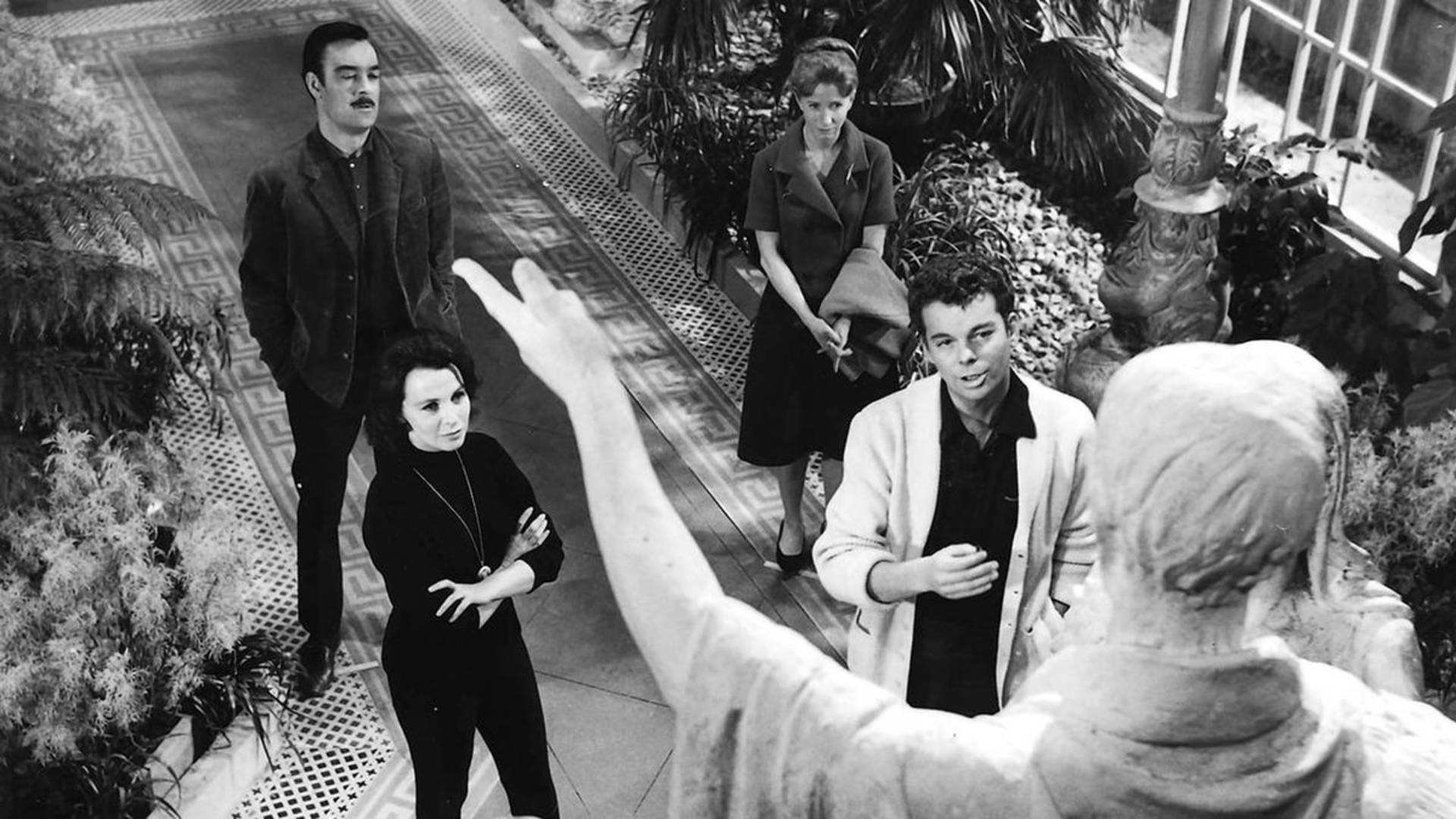
The Haunting (1963)
Before CGI, before cheap jump scares, there was The Haunting—a film that proved the mind is the scariest haunted house of all. Robert Wise crafts a world where walls breathe, doors groan, and fear becomes intoxicating. Julie Harris’s fragile Eleanor teeters between terror and obsession, the house preying on her loneliness. Every shadow whispers menace. This horror is essentially elegance, dread, and heartbreak entwined.

